Can a City “Lack Character”?

By Cassidy Warner
Staff Writer
31/7/2022
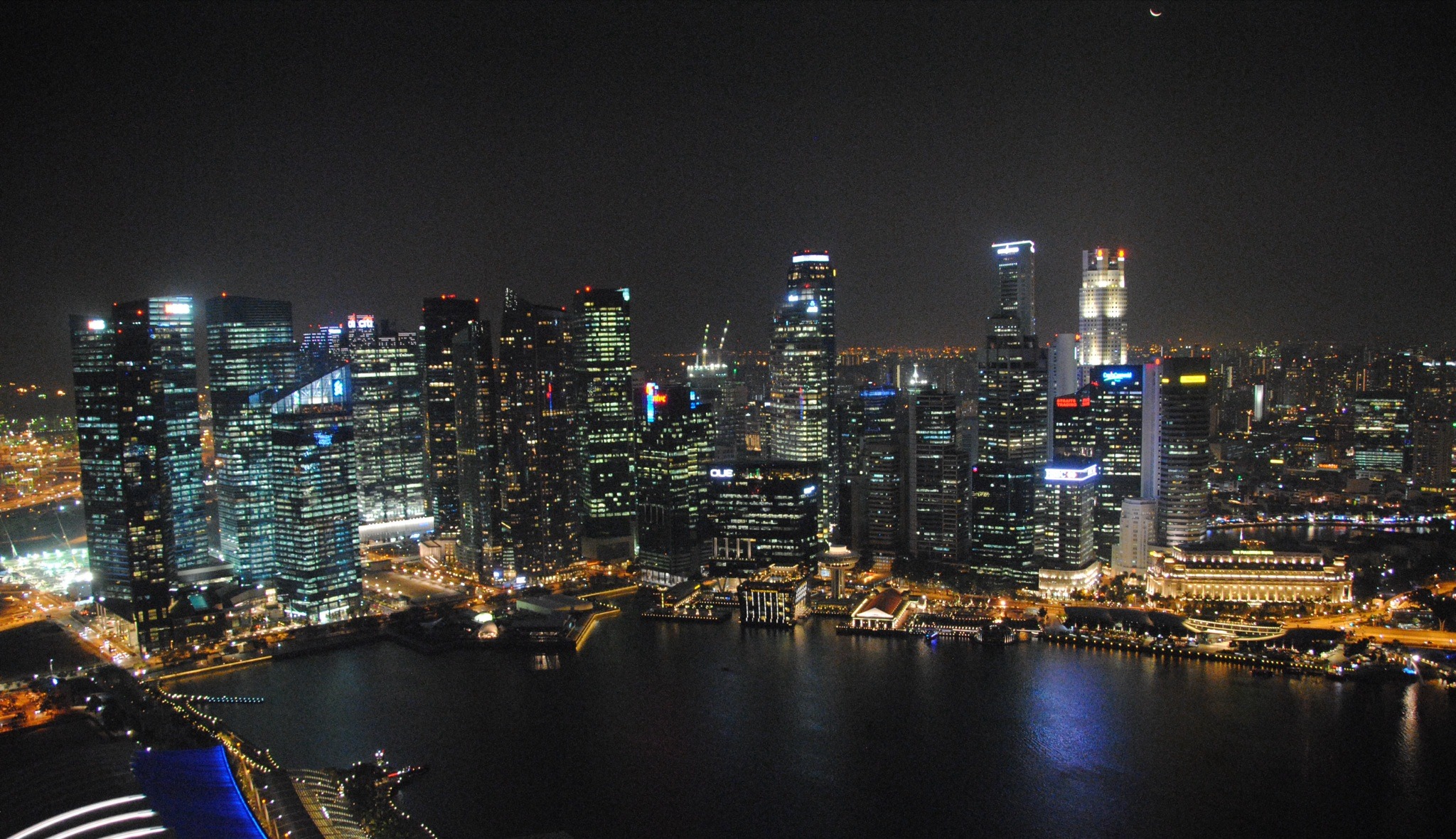
Singapore (Picture Credit: LWYang)
There are cities and there are cities. Some are iconic. Others may have good infrastructure, efficient public transport, and plenty of attractions, but still be deemed characterless for lacking that special something that supposedly gives it personality. But what is that je nais se quois? What does it really mean to say that a city “lacks character”? Perhaps an examination of the cities most often accused of lacking character can give us some insight into the nature of this criticism.
The Australian capital of Canberra is regularly said to lack character. A picturesque, functional administrative city full of sculpted gardens and government buildings, Canberra is often described as a “bush capital” for the way the planners integrated the natural landscape into the city’s design. Canberra is peaceful, quiet, and practical. But despite being full of outdoor activities, museums, monuments, and galleries, residents and expats alike denigrate the city as a place they can’t wait to escape. As the saying goes: “the best thing to come out of Canberra is the road to Sydney.”
When, in a famous 1970’s investigation, Australia’s official public broadcaster, ABC, asked people about their lives in Canberra, one interviewee said that over there “you just exist all week, and then you [leave and go] to where all the life is;” another claimed that the city made her feel as though she “doesn’t belong, as though [she’s] intruding…and so [she’d] rather give up and not try.” More recent reviews of the city more or less agree. It’s “clicky” (cliquey), “xenophobic,” and a hard place to make friends; a “cultural wasteland bereft of anything of interest” and a city that is “breathtakingly dead.” One person said the city feels like “a really elaborate model railway set: beautifully landscaped green grass, trees, buildings – and no people.”
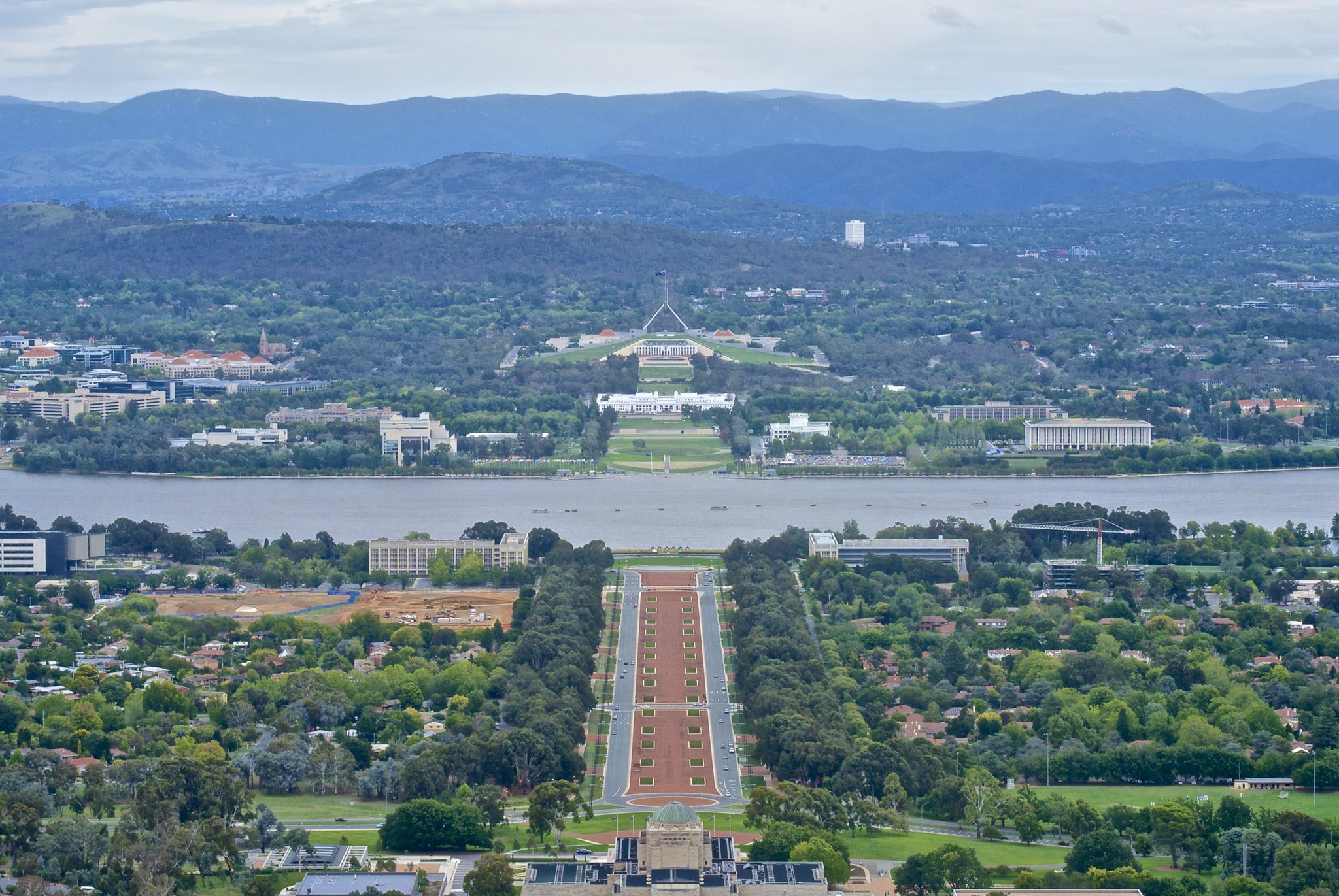
Canberra (Picture Credit: Jason Tong)
And yet, Canberra is consistently ranked as one of the best cities in the world to live (and visit) – surely a sign that it has plenty of character. In 2014 and 2018 Canberra was ranked the OECD’s most liveable city, Lonely Planet voted it the third best city to visit in 2018, in 2021 it was ranked second-most hygienic and third most innovative, and in 2022, it was ranked the third healthiest city in the world. Andrew Leigh, one of Canberra’s federal MPs, believes this is because “life in Canberra is not a race to see who can acquire the most cash,” a thinly-veiled swipe at the global trend towards greedy consumerism and gentrification in major cities (another characteristic of supposedly characterless cities). Unsurprisingly, then, plenty of Canberrans have rallied around their city, defending it online whenever it gets bashed for the umpteenth time and contending that Canberra is a lovely place to live and that it has plenty of character – it’s just outdoorsy, quiet, and pragmatic. Canberra, they argue, might not have much in the way of nightlife, but it has great food and coffee, scenic city and nature walks, and lots of free museums and galleries to visit.
Nevertheless, the narrative of Canberra’s lack of character persists. Gerald Stone, the reporter who conducted ABC’s 1970’s investigation, claimed that “if something is too neat, too clean, too nice, then it doesn’t become human to people.” In other words, Canberra may be “nice,” but this doesn’t equate to character. The implication is that Canberra is somehow superficial, that the tidy surface is all that exists, and that the city lacks character because it lacks depth.
Like Canberra, Putrajaya, Malaysia’s administrative capital, is a planned city, built for government administration; but though it is 80 years younger, Putrajaya sports many of the same features, and receives many of the same accusations of characterlessness as Australia’s capital. Where Canberra has incorporated the bush, Putrajaya is teeming with tropical greenery, built around a lush artificial lake, and resplendent with palatial Islamic architecture. It is very green and spacious, mercifully uncrowded and unhurried.
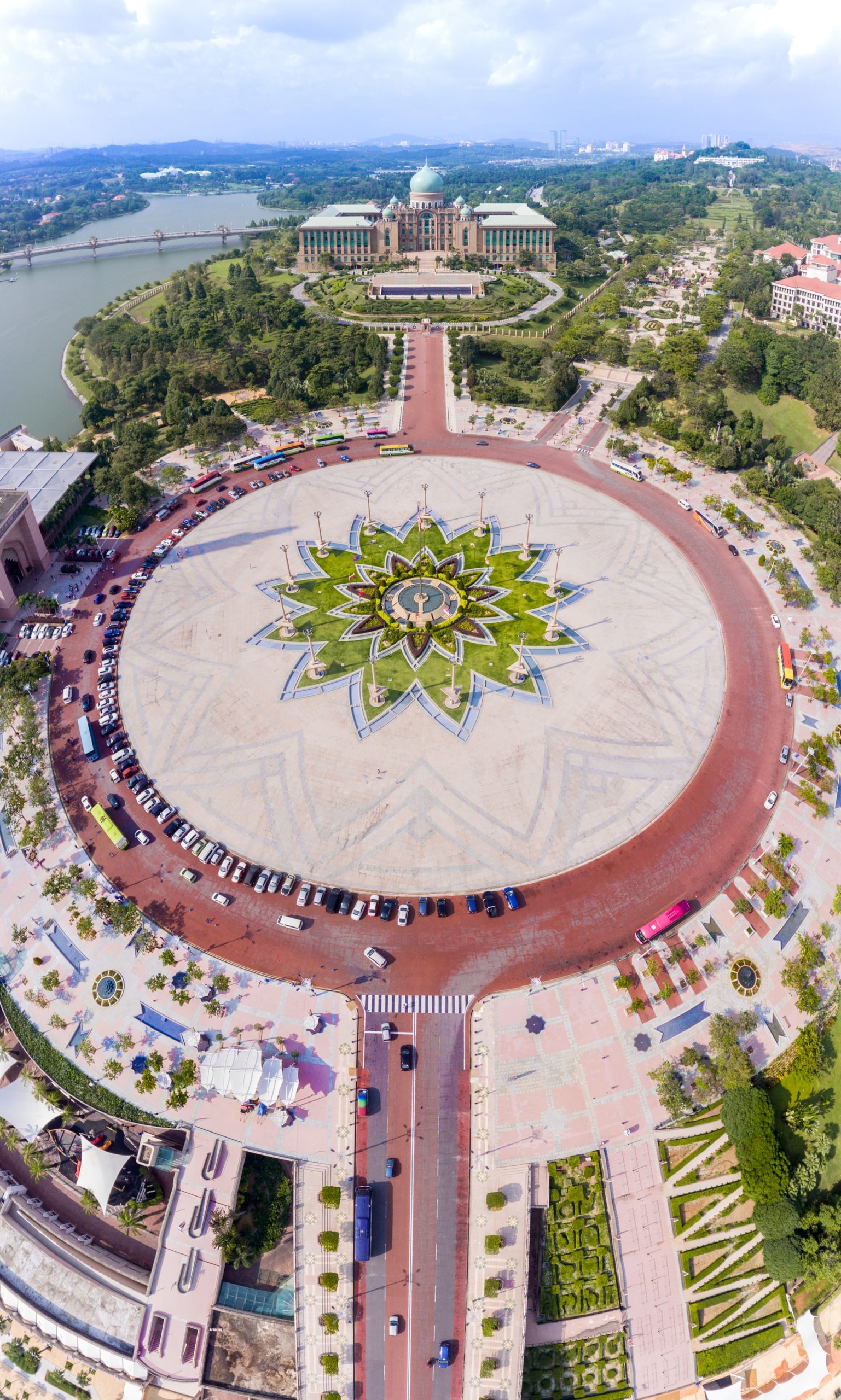
Putrajaya
The Malaysian government describes Putrajaya as an “Intelligent Garden City,” but visitors and residents call it things like a “soulless antville” and “a cardboard model of [a] city” rather than the real thing. Putrajaya is “bland…contrived [and] lifeless;” a “strategically not-good place to stay;” and a city that is “wanton with eye-popping architecture” but somehow still “eerily empty.” (The emptiness is perhaps a result of the fact that the city was designed to support 350,000 residents, but as of 2021, had lured only 120,000 to live there.)
Sarah Moser, a Professor of Urban and Cultural Geography at McGill University in Canada, argues that Putrajaya was designed to be a “symbol” rather than a “city” and consequently ended up with “decorative” but impractical features (like cycleways and footpaths that are completely devoid of shade). With a prevailing aesthetic of “geometric formality,” even the beautiful green spaces end up feeling monotonous. Ultimately, Moser argues that Putrajaya is built not for living, but to be a “showpiece” city and, as a result, it leaves little room for diversity, change, or even local traditions and aesthetics. In effect, Putrajaya feels crafted and artificial – like a city that is only play-acting at being a city. In the same way that Canberra is like a model train set, Putrajaya is like a cardboard diorama; neither give a sense of vibrancy or realness.
Another city that is often accused of lacking character is Singapore. However, unlike Canberra and Putrajaya which both seem to be physically lacking depth and realness, Singapore’s lack of character seems to come from its culture rather than its artificial landscaping.
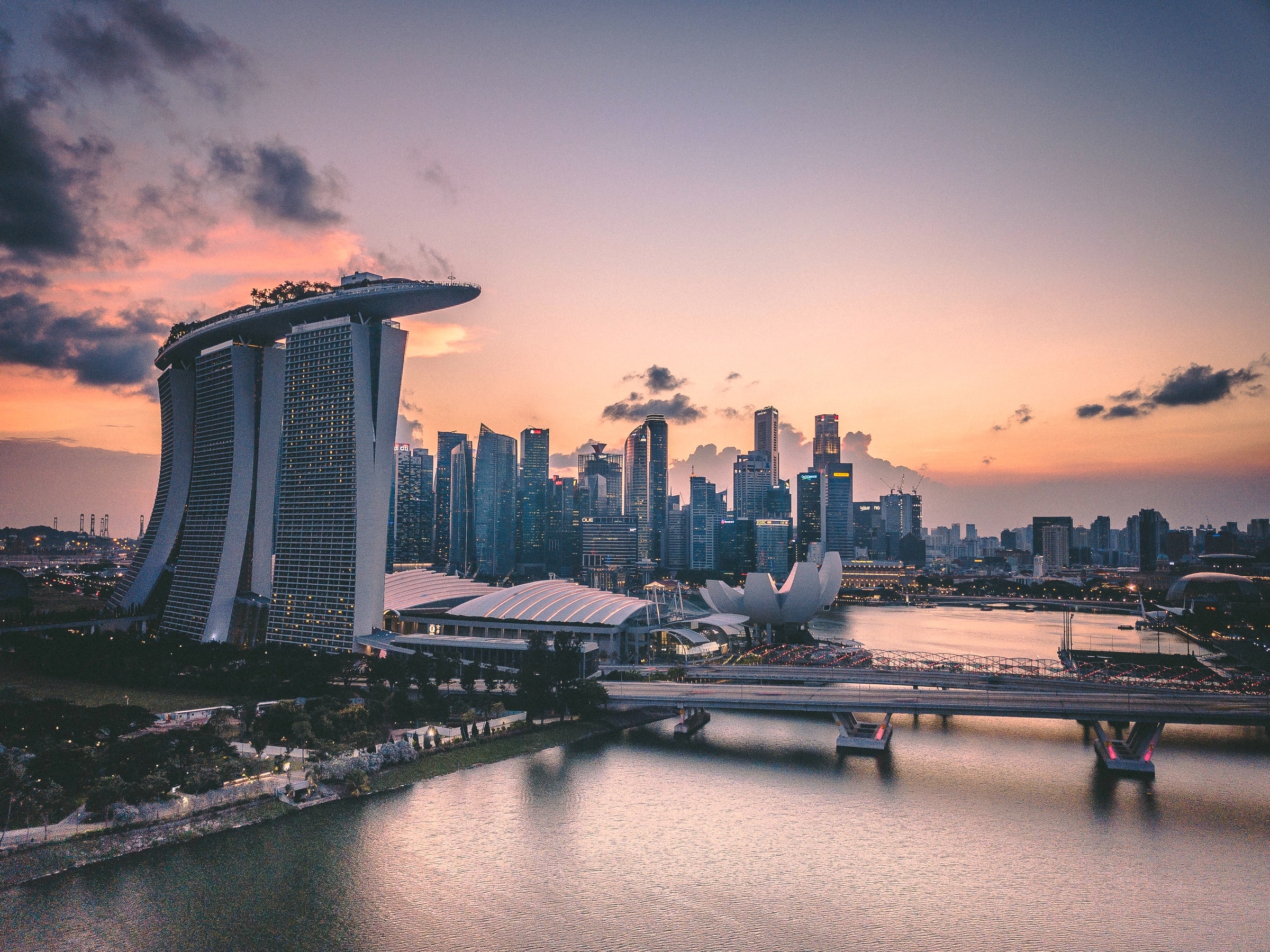
Singapore
A tiny city-state, Singapore is a sunny island bristling with high-rises that punches well above its weight due to decades of smart, but strict, governance that pulled the country out of third-world squalor and propelled it into the 21st century as a globalized, economic powerhouse. However, it is precisely this efficiency that now seems to detract from its character. People who are impressed by Singapore rhapsodize about a “functional utopia…gleaming, efficient and comfortable,” but to others, it is this very perfection that seems artificial.
People who are impressed by Singapore rhapsodize about a “functional utopia…gleaming, efficient and comfortable.”
Common complaints include the city’s fastidious cleanliness, relentless redevelopment, and its aggressively controlled and competitive culture. One person described Singapore as a city that is “rich, but not much else,” and another called it a place where the people “seemed like robots.” Citizens complain of feeling like “hamsters in high-rise cages” and “cogs in the machine which keeps the economy running.” Everything from the city’s buildings to its sidewalks and cultural events must meet rigorous standards; but with such tight control over every aspect of the city, it is not surprising that some people find it restrictive. In this way, Singapore is like an overly strict parent, enforcing good grades and conformity for the good of their child.
Even when people in Singapore kick back and try to enjoy themselves, the overall atmosphere of the city seems to stifle the fun and joy. One commentator claimed that attending a concert in Singapore is different to attending a concert anywhere else, saying, “Elsewhere you would see animated faces, crazy dancing and hear shouts and laughter. In Singapore you would see a wall of mainly expressionless faces with phones in front of them. It’s as if the people have forgotten how to enjoy themselves and have fun.” Thus, Singapore is like a physical manifestation of the old proverb, “All work and no play makes Jack a dull boy.”
Dubai is also accused of being characterless based on its internal culture. But where Singapore is supposedly robotic, Dubai is said to be consumed by vanity. The city is famous for the frenetic speed with which it was built, an oasis of shopping malls and skyscrapers that sprang out of the barren desert like a daisy; Dubai is also a testament to new wealth – proof that with enough money, anything is possible, even verdant gardens and infinity pools in the middle of a desert.
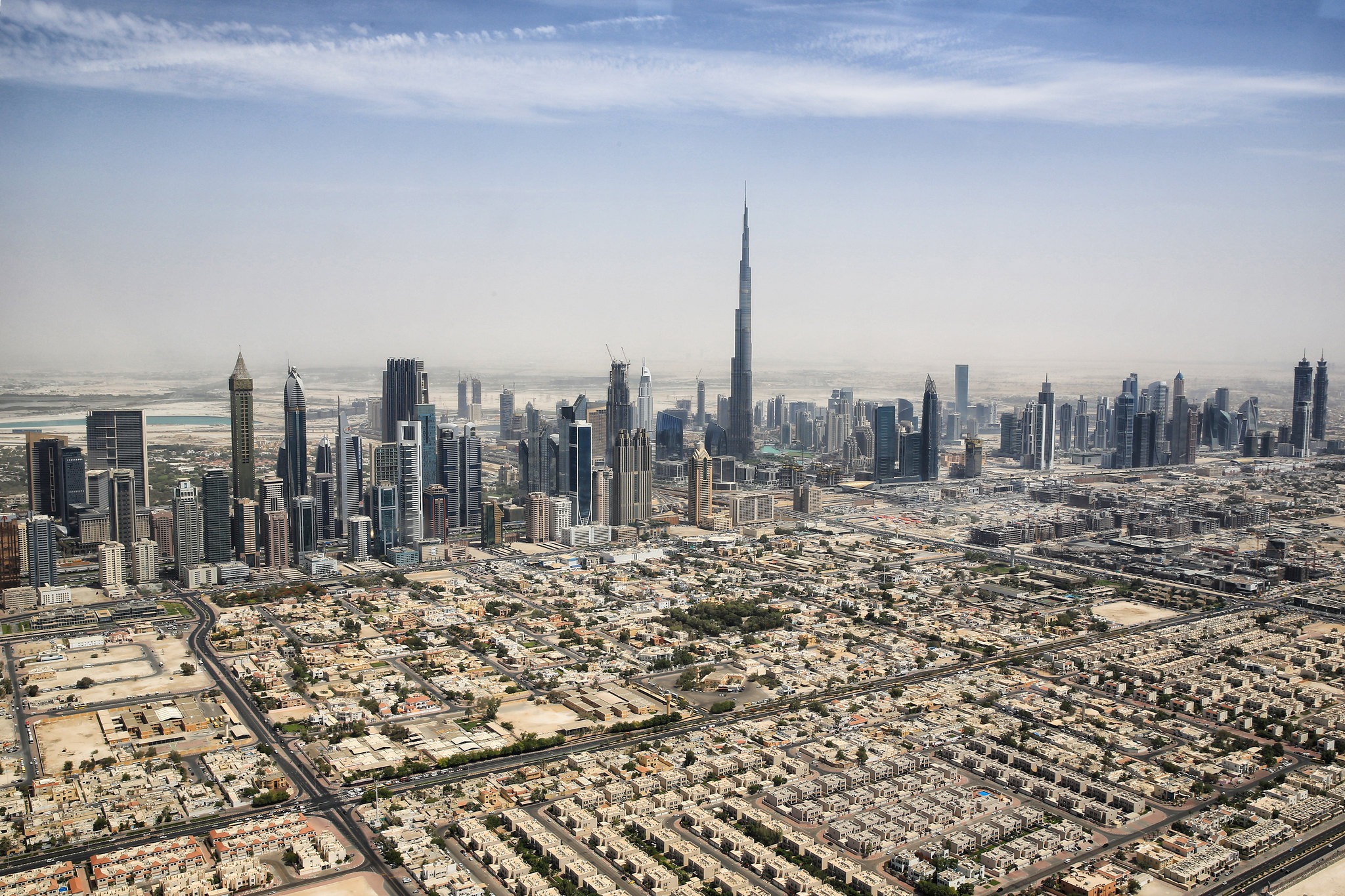
Dubai (Picture Credit: Tim Reckmann)
But people deride Dubai as “so artificial that it’s soulless” and a “shameless and obscene display of bling-bling,” that is “cultureless and artificial.” Even people defending the city do so by appealing to its excess; Dubai has “the tallest building, the biggest mall, the biggest flag, the largest indoor ski center, the largest shopping center with aquarium.” It is as though Dubai feels like it has something to prove. But as other commentators have pointed out, the city “lacks sufficient infrastructure to support its delusions of grandeur,” and neglects the “average everyday street” to focus on being a “playground for the rich.” (Dubai is famous for lacking sufficient sewerage, needing “poop trucks” to fill the gap between uber-modern skyscrapers and an ailing sanitation system that the government is still in the process of upgrading.)
This feeling that Dubai is showboating is likely exacerbated by the fact that locals in Dubai (Emiratis) amount to only 15% of the population; the rest of the city’s residents are migrant and transient workers or tourists coming for the next biggest, tallest thing. Similarly, Dubai’s buildings and architecture “do not reflect Arabic culture;” they lack traditional influences and designs, instead conforming to Western standards of “concrete and steel”. Frankly, buildings in Putrajaya, Malaysia, look more Arabic than the buildings in Dubai, United Arab Emirates.
Consequently, much of Dubai feels “awkward and fragmented,” with “very little sense of community.” Residents claim that it isn’t a city so much as “a series of attractions that you drive to from the suburbs,” or the city equivalent of a “rich asshole [with] flashy cars and not-so-significant others [saying] ‘look how much fucking money I have’.” Others say they feel like they are “in an amusement park” and all the big, beautiful buildings and attractions are “for show purpose only, not to be part of something.” The overall feeling is one of superficiality, materialism, and a gaudy love of money as the city caters to its transient population.
Residents claim Dubai isn’t a city so much as “a series of attractions that you drive to from the suburbs.”
For all its excess, Dubai is like Jack’s foil – “All play and no work makes Jack a mere toy;” strangely meaningless and purposeless. In his article, “Soulless Cities: The Postmodern Metropolis and the Horror of Absence,” Dr Oliver Golembowski, a lecturer at Martin Luther University Halle-Wittenberg in Germany, argues that characterless cities have “a fundamental lack at the heart of all the abundance.” For Dubai, the implication is that spectacle is not character, and that even with all the money in the world, character cannot be bought.
Shenzhen, too, is often looked down on for its financial success but concurrent lack of Culture with a capital C. Like Dubai, Shenzhen was built rapidly, and on an impressive scale, going from a quaint fishing village into a physical manifestation of China’s booming economy in the 1980s and 1990s. Construction was so rapid that it gave rise to a new phrase, “Shenzhen Speed:” one high-rise story every three days. Nowadays, Shenzhen is young, energetic, modern, wealthy, and bright – China’s answer to Silicon Valley. But for all the sparkling towers and brilliant lights, the city is also accused of having no local history or culture beyond faceless concrete buildings and bleak industrial manufacturing. Residents, however, seem to love the city’s newness and its potential. Like Canberrans, native Shenzheners love their city and are proud of it despite the criticisms. Just 25 km from Hong Kong, Shenzheners often favorably compare their city to its neighbor, arguing that Shenzhen is less expensive, less crowded, more inclusive, greener, cleaner, and friendlier.
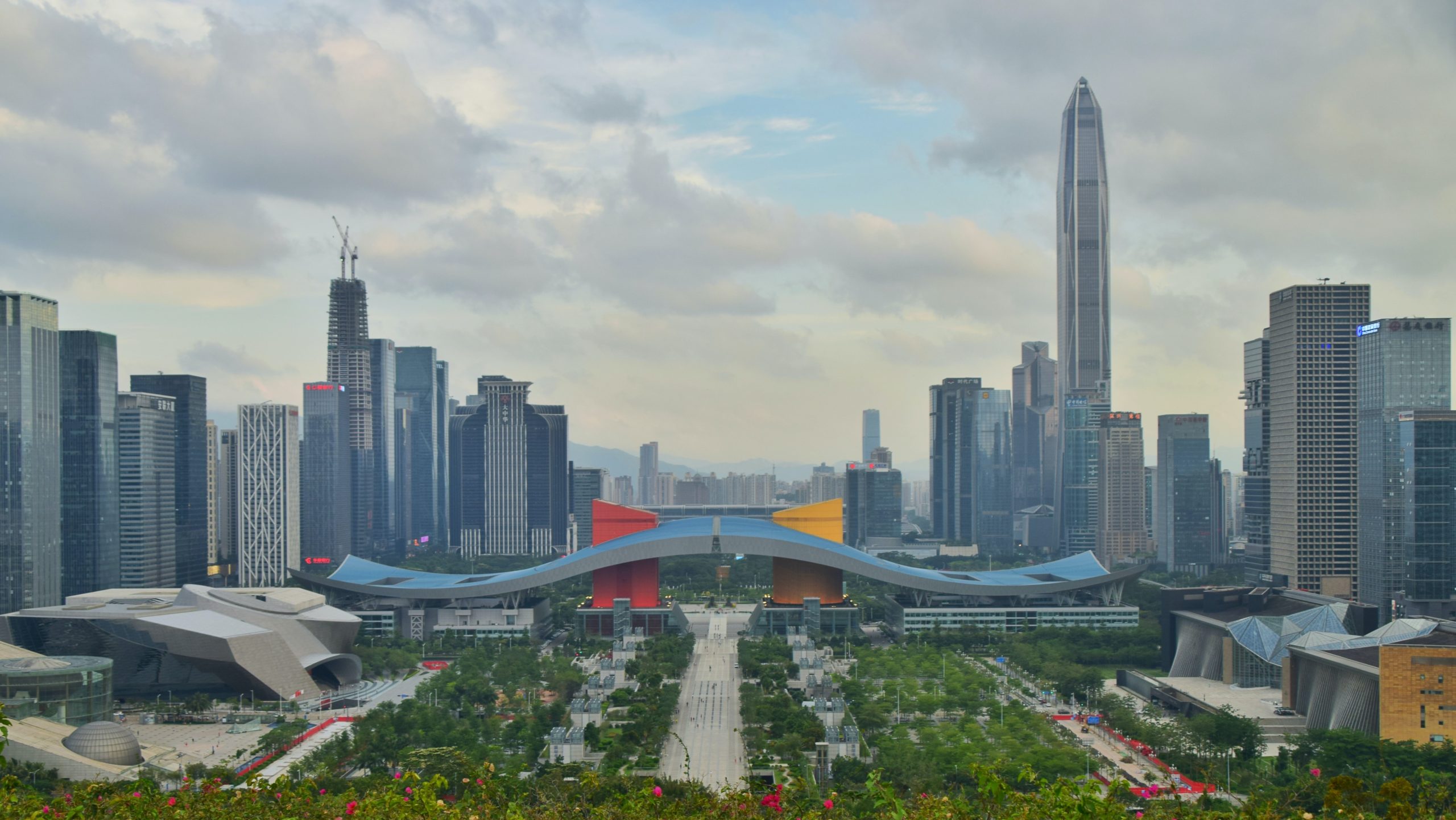
Shenzhen
Arguably, these attributes should easily amount to character, yet Shenzhen apparently still lacks that special something. Perhaps it is because so much of its culture is still being developed; Shenzhen is missing a sense of grounding, or permanence that would give the city its own unique character. Even the city’s motto, “来了,就是深圳人,” roughly translated as, “Just come, and you are immediately a Shenzhener,” is a tacit acknowledgement that Shenzhen encompasses anything and everything, an inclusivity that overwhelms a single, solid identity.
All of these cities are accused of lacking character because they are in some way “inhuman;” collectively, they are described as lifeless, robotic, artificial, unnatural, and sometimes as mercenary or overly-materialistic – monuments to money rather than life.
Ultimately, though, these criticisms about the character of a city are semantic at best. Even if we accept the premise that characterless cities are characterless because they are in some way inhuman, it is still incorrect to say that it is inhuman to be artificial, greedy, robotic, or boring, because all of these things are common human character traits, as are selfishness, vapidity, and materialism. Dubai, for all its extravagance, is no less real than the billionaires who call it home; Shenzhen is no less human than the passionate migrants who have traveled there seeking their fortune; and Canberra is no less “boring” than the middle-aged bureaucrats who enjoy the city’s understated amenities.
It is interesting to note that the cities that are accused of losing their character are usually so accused because they’re apparently trending towards these supposedly “inhuman” character traits. In travel hotspots like Venice and Paris, residents push back against tourists, worrying that the influx of outsiders will indelibly change their city’s personality, bulldozing its historical character to turn it into yet another other glitzy, tacky tourist trap.
New York, too, has changed in recent years, with Jeremiah Moss (a pseudonym for Griffin Hansbury), author of Vanishing New York: How a Great City Lost its Soul, contending that the city’s primary characteristic is now greed. Hypergentrification and commercialization, he argues, have “murdered” formerly quirky neighborhoods and iconic mom and pop shops to make way for generic cash cows. Elizabeth Farrelly, architecture critic and author of Killing Sydney: The Fight for a City’s Soul, explained in her book that money is a homogenizing force: “when the rich move in they bring with them the urge to clean up, sanitize and varnish.” Thus, Sydney, says Farrelly, and New York, says Moss, are exchanging their quirky and unique buildings and spaces for “glossy and profitable redevelopment.” In these cases, and others like them, an increase in wealth has meant a decrease in individuality and depth – two of the things that supposedly give a city character.
Melodramatically, commentators like these believe their cities are losing their humanity, despite the fact that greed is one of the most common human characteristics. Similarly, if it is the creeping homogeneity of modernized, globalized cities that is costing them their character, then that too is a distinctly human trait – the simultaneous desire to fit in and to compete; part of the pack, but also leading it.
Thus, when people make a hue and cry about a city losing its character, they’re just complaining that the city’s character is changing in ways they don’t like, becoming boring – to them, at least, because “boring” is subjective, and other people might actually prefer the city’s new character. In reality, the same city that is losing character according to one person may be gaining it in the eyes of another.
When people make a hue and cry about a city losing its character, they’re just complaining that the city’s character is changing in ways they don’t like.
And this is all that the discussion of cities’ character has ever been: a dressed-up way to say that a particular city doesn’t tickle our fancy. At the end of the day, an accusation of characterlessness says more about the accuser than it does about the accused, as the cities they find to be full of character are most likely to mirror their own cultural and aesthetic preferences.
If you fancy a look in the mirror, consider which cities you most enjoy, and which you hate. In researching this article, I discovered that my city, Sydney, has been variously described as “uptight” and “boring as hell;” a place that “hardly screams ‘fun place to hang out’,” where people are “impatient and unfriendly,” and “dripping with vacuous cynicism.” And yet, there’s no place I’d rather be.
